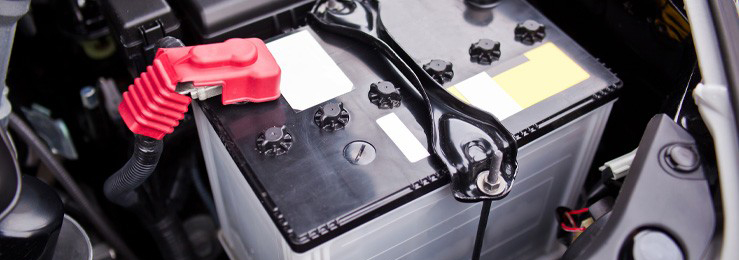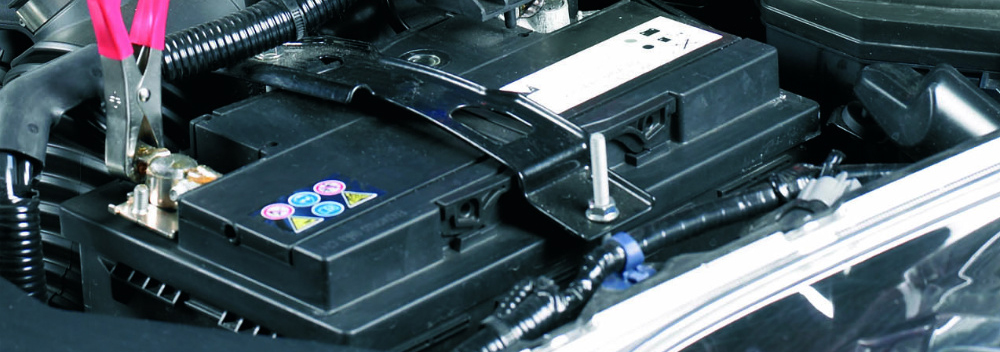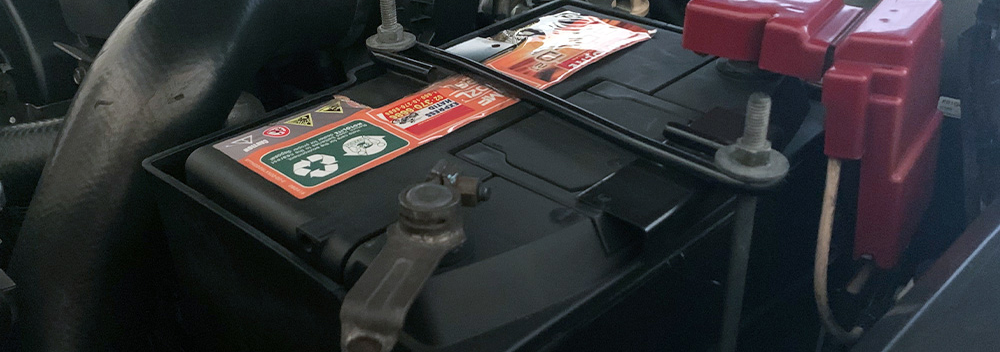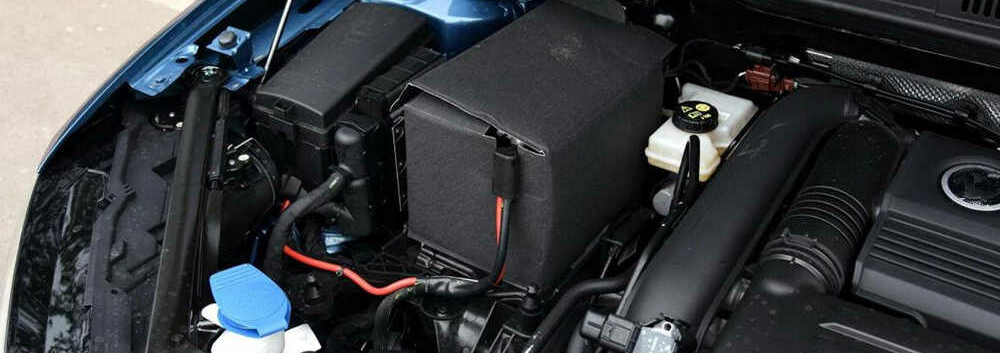
The battery is a must for a car. It plays an essential role. The vehicle needs the battery to start the engine. In addition, the battery supplies power for the car's lighting and onboard appliances. It lasts for about three years under normal circumstances. The service life may be longer if we maintain the battery well.
● Full charge, full discharge
One good way to save the dead car battery is to fully charge and discharge the battery. This method is mainly helpful for repairing lightly damaged batteries.
This can also effectively activate the deep active material of the battery and increase the battery capacity. The key is that the discharge must be sufficient, and each individual battery is fully discharged individually, as in the case of lightly sulphated batteries with high internal resistance.
● Pulse repair
A better way to remove sulphation from a battery is pulse repair. When doing this job, the instantaneous voltage of the pulse is generally between 60V and 300V, depending on the function required by the product.
The pulse voltage for the product to extend the service life should not be too large, but the pulse voltage of the battery repair can be large.
If the value is too large, the battery plate will be damaged. The pulse voltage is high, the time of the battery repair is short. The pulse voltage is low, the time of the battery repair is long.
Although the instantaneous voltage of the pulse is high, the average voltage is not high enough to cause any harm. It is very safe.
In terms of solid physics, any insulating layer can be broken through at a sufficiently high voltage. Once the insulation has been broken through, the coarse lead sulphate becomes electrically conductive.

Large lead sulphate crystals can also be broken through if a large momentary voltage is applied to the high resistivity insulation. If this high voltage is short enough and current limiting is carried out, the charging current is not so high as to form large precipitation under the conditions of breaking through the insulation.
If the pulse width is short enough and the duty cycle is large enough, it is possible to ensure that the coarse lead sulphate crystals are broken through while the micro-charging that occurs is too late for the formation of sulphation. In this way, pulsed sulphation elimination is achieved.
The resonance between the pulse and the battery plate is very important. It depends on the pulse frequency and amplitude.
The pulse frequency and amplitude are not enough to eliminate the sulphuric acid crystals. The frequency and amplitude are too large to eliminate the sulphide and damage the electrode plate. In this situation, gas precipitation occurs.
Also, there are a variety of pulse waveforms, which can be displayed on an oscilloscope. A good pulse wave effectively breaks through the insulation and reduces the crushed sulphuric acid crystalline powder to the electrolyte without damaging the battery.
● Reconfiguration repair
Car batteries have their inherent characteristics. Many incentives cause bad batteries. There may be several aspects of battery damage at the same time. The reconfiguration repair is effective for sulphated batteries.
For batteries with softened and disconnected poles, even if they can be repaired, it's not worth it. They can be reused for a very short time after the repair, and the effect of repeat repair will be even worse.
The best way is to "exchange the old battery (for an old battery with more than 80% capacity)", then reassemble the battery with the remaining ones.

● Avoid long periods of inactivity
The battery should be charged at least once a month when not driving a car for a long time. It prevents the battery from being set aside for too long, causing sulphation and power loss.
● Replenish distilled water at regular intervals
The battery generates heat during charging and high current discharge. Water evaporation comes with heat. Although the process of water evaporation is very slow, the cumulative amount of water evaporation over time is not to be underestimated.
Therefore, we should replenish distilled water to the battery every 6 months so that the service life can be extended.
● Deep discharge the battery once a season
The battery is bound to have some active material sink for some time. If the active material is not activated in time, it inevitably negatively affects the battery capacity. Therefore, after owning a vehicle, we should do a deep discharge of the battery once a season.
● Observe the charger regularly
It takes 6-8 hours to charge a new battery. The charger will light up green when fully charged. If the charging time is too long, you should check whether the charger voltage protection device is damaged. If it is, you need to change the charger in time. Otherwise, it can damage the battery.
Also, do not buy a fast charger, as fast charging can be harmful to the battery plates.
● Use battery protectors
The battery protector is a pulse generator. The pulses can eliminate battery sulphation without interruption. It keeps the plates "clean" at all times, prolonging the battery's service life.
However, the battery protector does not help the battery plate damaged by high currents. The device must be improved by new technology.

There are two ways to charge a battery: one is quick charge, and the other is slow charge.
3.1 Quick charge (constant-current charging)
Many car owners think that quick charging saves time and only takes 3-5 hours. In fact, it is not perfect. Quick charging only activates the battery quickly on the surface, while it is not fully charged inside.
3.2 Slow charge (constant voltage charging)
There is another way to charge the car battery: slow charge. The charging time is 10-15 hours. Those deep-loss batteries will have to be slow charged. Otherwise, the charging time will not be enough, and the charge will not be sufficient, which directly affects the driving performance.
If the car battery runs out of power, it can cause trouble for the car owner and others. What should we do in such a situation?
Pushing the car to start is the most familiar and effective method of emergency starting. However, it is a last resort, and we should not do this frequently because it causes damage to the engine and clutch. Automatic vehicles, in particular, should avoid this behavior.
To prevent the battery from running out of charge, the car owner should have a jumper cable in the car. When connecting the jumper cable, it is important not to make any mistakes in the order in which the jumper cables are connected.
First, connect the dead battery's positive terminal to the positive terminal of the rescue vehicle battery. Then connect the negative terminal of the rescue vehicle battery to the metal part inside the dead car engine.
Once the jumper cable is connected, the engine of the rescue vehicle can be started. The engine speed increased slightly.

After about 5 minutes, the dead battery can be charged in an emergency. When finishing the charging, the jumper cables should be removed in the reverse connection order.
The service life of a car battery is 2 to 3 years. After the time limit, the vehicle owner has to pay special attention to the usual battery maintenance. We can replace the component in time to avoid danger.
 Lauritz Carolsfeld
Lauritz Carolsfeld  March 07, 2022
March 07, 2022